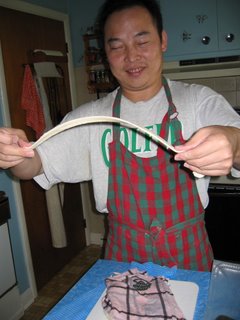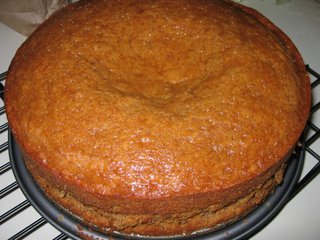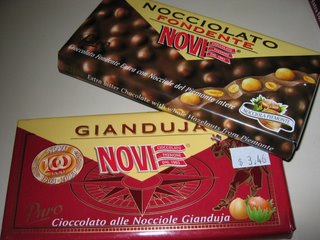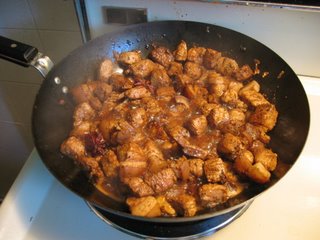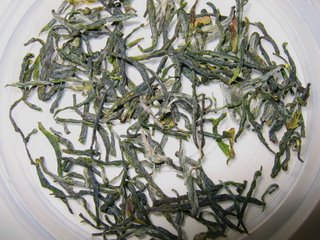On Sunday, my brother-in-law made a special Chinese dish from the Northwest of China. He also made the special La Mian or Pulled Noodles, from a recipe that his mother showed him. It was the first time he had made them, and they turned out quite well. You can see him pulling a noodle in the one picture. It's a technique that requires a lot of practice, I think. We all tried our hand at it, and got fairly good by the end. The sugar added at the beginning gives the meat and sauce colour and flavour, this is done in the North of China, while in the South, they prefer the chicken to have no added colour. Too, the wine reacts with the sugar chemically to give it colour and flavour. You can buy Chinese cooking wine that works well, but use your favourite wine, anything you have on hand, if you don't have any. The star anise is not traditionally part of this dish, though I did google one recipe of a Xinjaing-style chicken that did have it, so omit if you don't like the taste or don't have any, and feel free to add more, if you like it. This dish is not hot at all, at least to my tastes, I thought it would be, given the number of dried chili peppers and the Szechuan pepper, but it was not really hot at all. Of course, if you like it hot, feel free to add more. Szechuan pepper may be hard to get in the States, as it's been banned due to it being a vector for a Citrus virus. We have no problem getting it here in Canada. You can always replace the whole chicken with boneless breast or thighs, cutting down the quantities of the other ingredients, or just use breast or legs or thighs on the bone, and don't chop them with your cleaver. If you do use the whole chicken, be careful of the chopped bones, there could be sharp edges, too, there are small chicken bones that you could accidentally bite on or even swallow. I would think that this would be a dish that most North Americans would have a problem with, for one it includes the bones and skin, also, the bones are broken, allowing some of the marrow to cook out. But give it a try, the taste is wonderful!
Xinjiang Style Chicken with La Mian Noodles
1 whole chicken
2 Tbsp oil
2-3 Tbsp sugar
splash of wine
2 cups water
soya sauce, optional
5 star anise (more if desired)
tsp szechuan pepper
dried chili peppers (to taste, 5 to 10)
8 medium potatoes
4 medium tomatoes
2 tsp salt
La Mian noodles (recipe below)
Cut whole chicken into bite-size pieces, chopping through bone with a cleaver. Take care in removing shards of bone. Pour oil into wok and heat till it smokes, then add sugar and allow it to caramelize, swirling the oil and sugar in the wok (the wok will smoke a lot at this time). Add the chicken and cover immediately, keeping on high heat. After a minute, uncover, then stir chicken till all the pieces are browned. Add a splash of wine. Continue cooking for a minute or two, then add the water. Add the szechuan pepper and the star anise. Add splash of soya sauce at this time, if desired. Cook covered, for 45 minutes to one hour, stirring occasionally, and reducing heat to medium low. Add water, if level of liquid gets too low during cooking time.
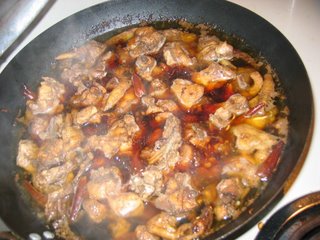
Prepare potatoes, cleaning and removing eyes, but not peeling the skin off, into medium chunks. Slice tomatoes into large wedges.
Add tomatoes to meat, about halfway through cooking time; stir in.

Add salt when 80% through cooking time, sprinkling over top, then stirring it in. Add cubed potatoes at one hour point. Cook till soft, mixing in the potatoes with the meat, about 10 minutes.
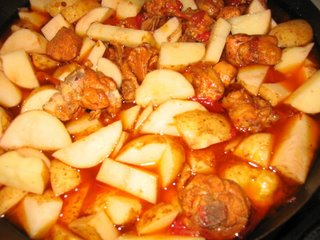
Add La Mian noodles at end; cook till soft, about 2-3 minutes.
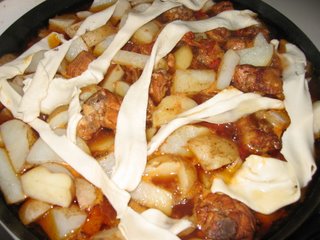

La Mian Noodles
2 cups flour
warm water
Mix flour with enough warm water to make a stiff dough. Knead the dough, using the heel of the hand to push the edge into the centre of the dough, rotating it as you go. Cover with a wet towel for one hour. Continue kneading, until dough begins to soften and become more elastic. Cover with wet towel until ready to use. When ready, cut off section of dough, then flatten with rolling pin, and slice off long sections of dough. Pick up with two hands and twirl the dough, stretching, or pulling it, hence the name, until it is 1-1/2 times the beginning length. Make sure all parts of the length are thin. Repeat with remaining dough.
